![]()
![]()
![]()
Use LEFT and RIGHT arrow keys to navigate between flashcards;
Use UP and DOWN arrow keys to flip the card;
H to show hint;
A reads text to speech;
6 Cards in this Set
- Front
- Back
- 3rd side (hint)

Your a doctor, and get blood work back for a patient with the following results. Think about what is happening in the following situation?
|
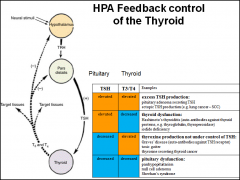
|
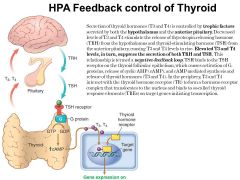
|
|
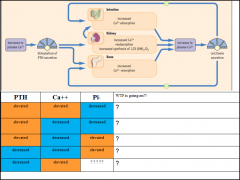
What are possible explinations for a patient that comes back with the following bloodwork?
|
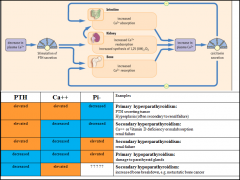
|

|
|
|
What are the three contributing factors to thrombosis?
|
Vichrows's Triad
Hypercoagubility blood flow something else |
|
|
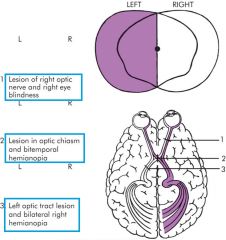
Look very closely at the optic tracts here. Predict what effects the following would happen to your field of view. Why is this happening?
|
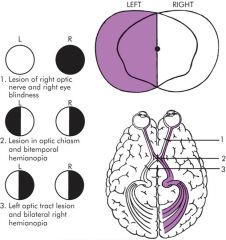
Fibers from the nasal portion of each retina cross over to the opposite side at the optic chiasma and terminate in the Lateral Geniculate Nuclei (LGN) of the thalamus. Location of a lesion in the visual pathway determines the resulting visual defect.
|
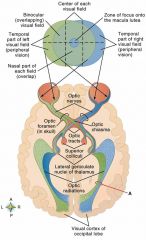
Make sure you really understand the tracts...
|
|

**What would be the effect of pressure on the optic chiasm, by a pituitary tumor, for instance? **
|
It would produce blindness in both temporal visual fields. Why? Because it destroys fibers from the nasal side of both retinas
|
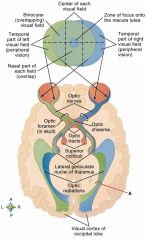
Note the structures that make up each pathway:
-optic nerve -optic chiasm -lateral geniculate body of thalamus -optic radiations -visual cortex of occipital lobe. Fibers from the nasal portion of each retina cross over to the opposite side at the optic chiasma and terminate in the lateral geniculate nuclei. Location of a lesion in the visual pathway determines the resulting visual defect. Damage at point A, for example, would cause blindness in the right nasal and left temporal visual fields, as the ovals beneath indicate. (Trace the visual pathway from point A back to the visual field map to see why this is so.) |
|
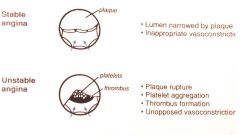
How can large, partially occlusive atheromata exist without immediate catastrophic consequences?
|
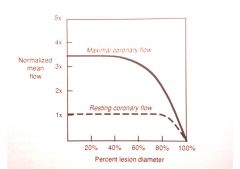
|
|

